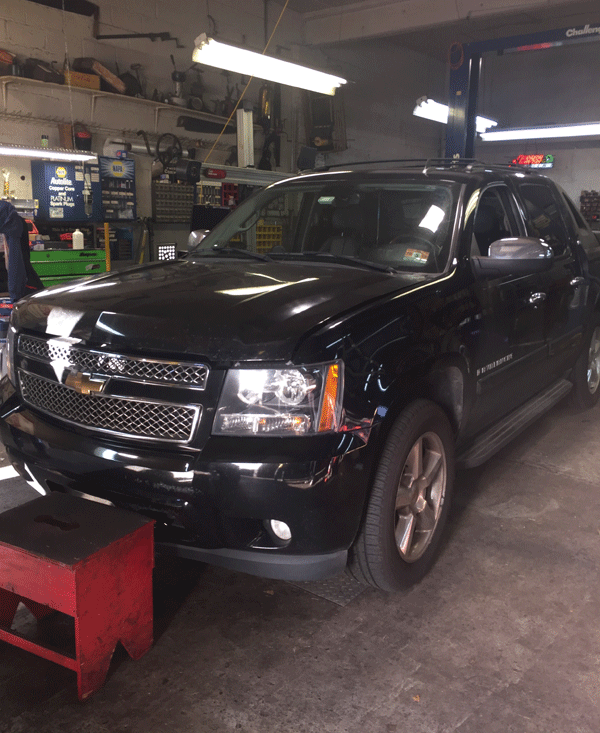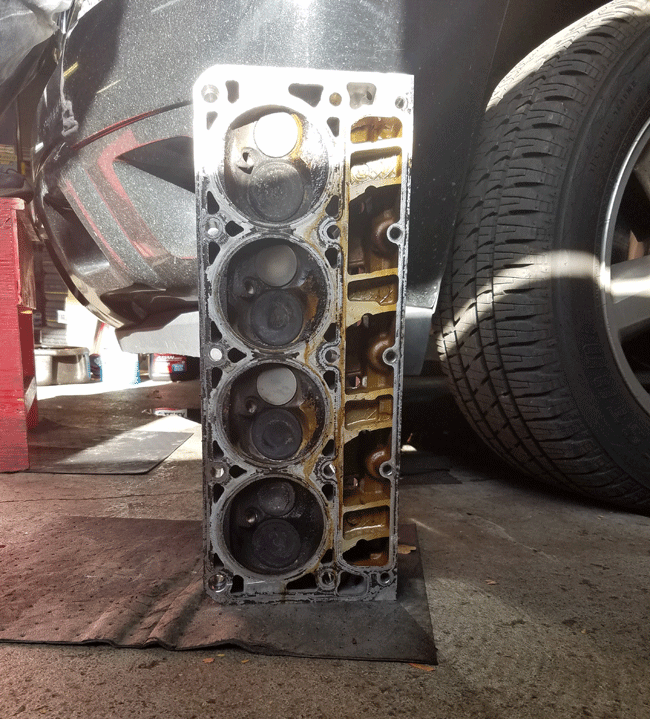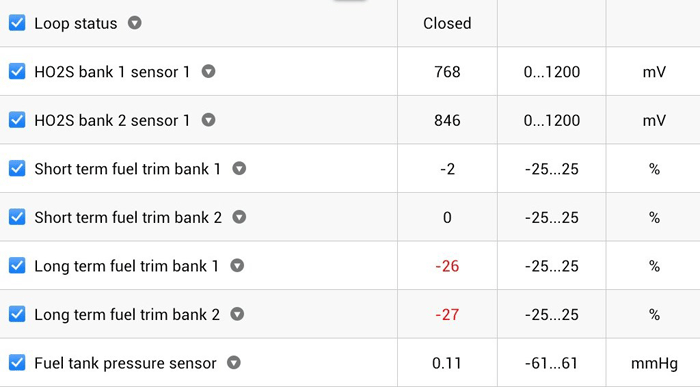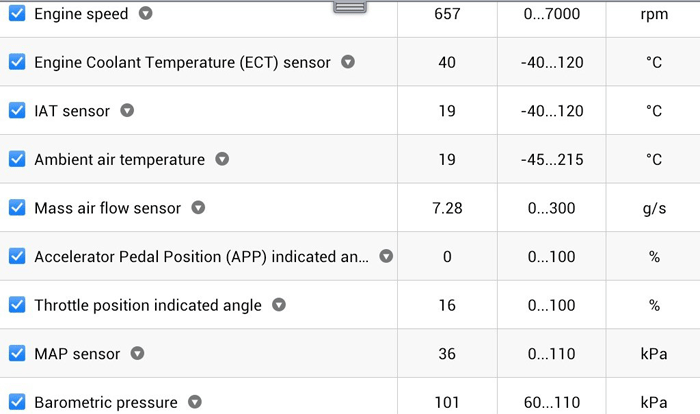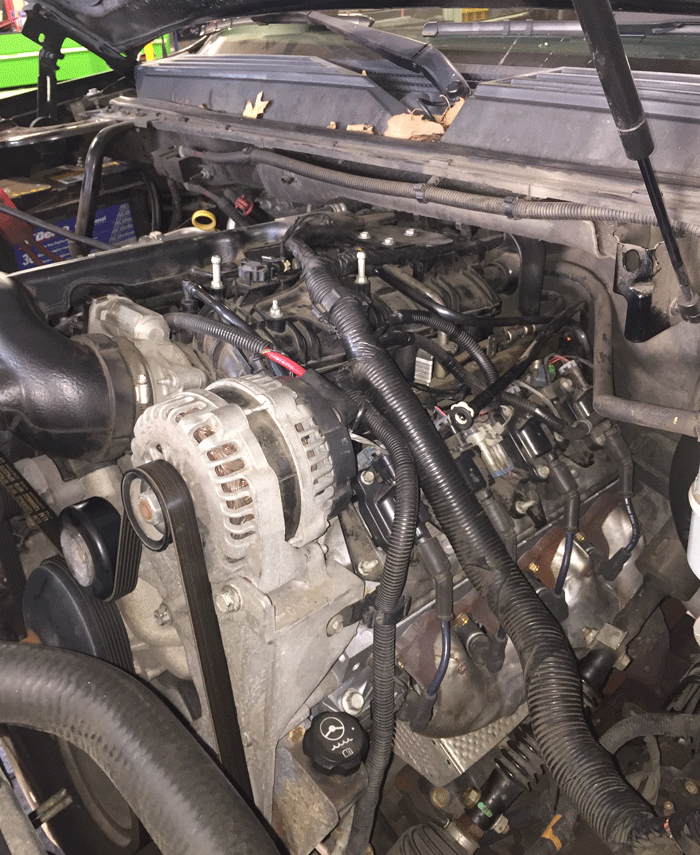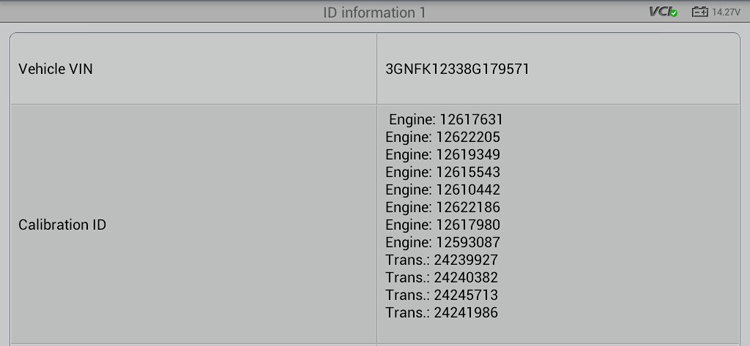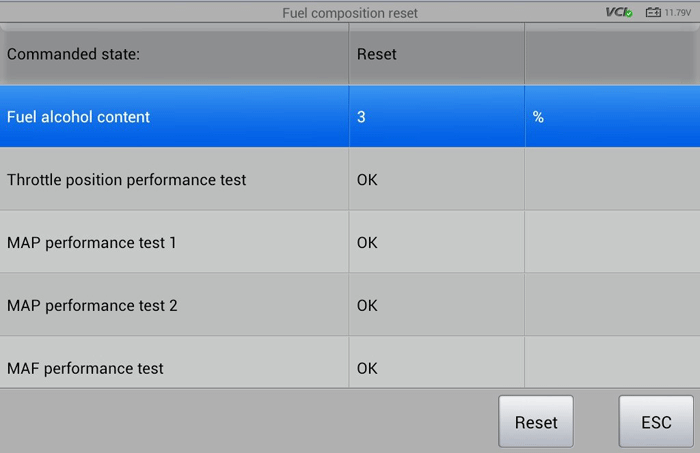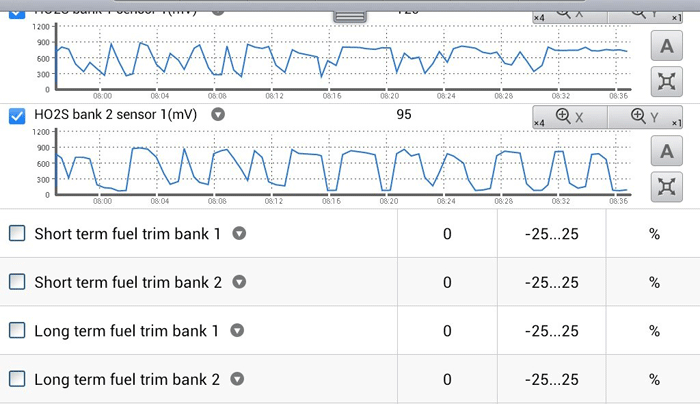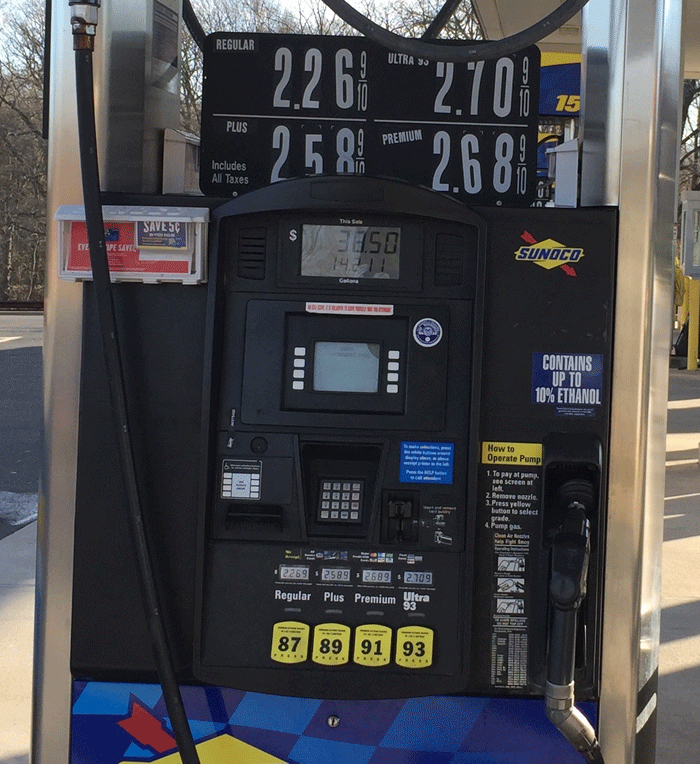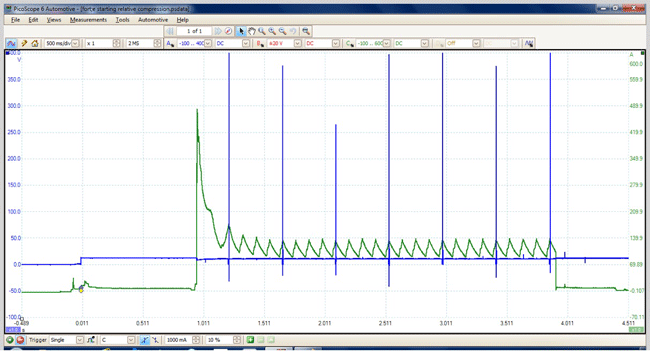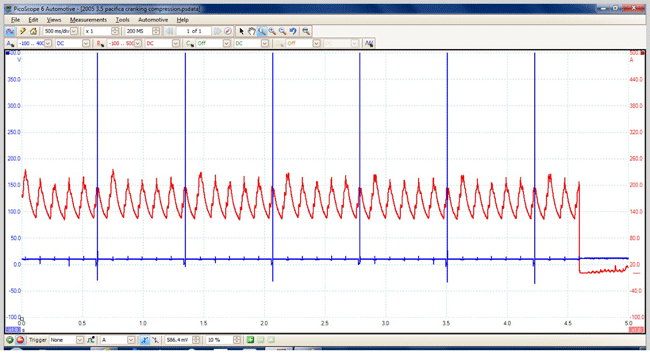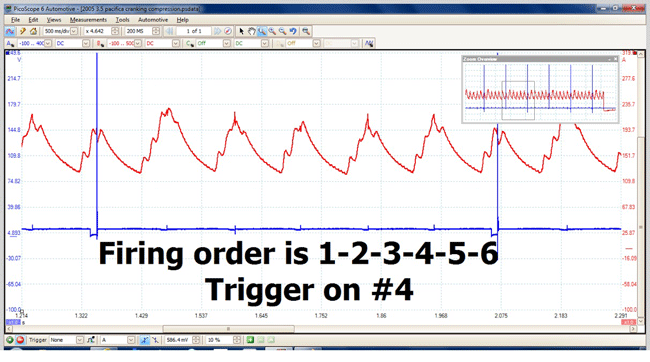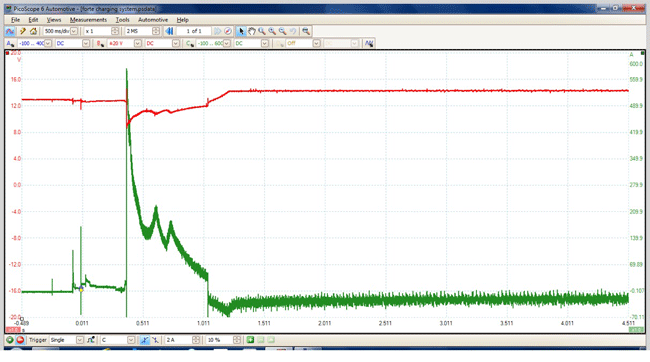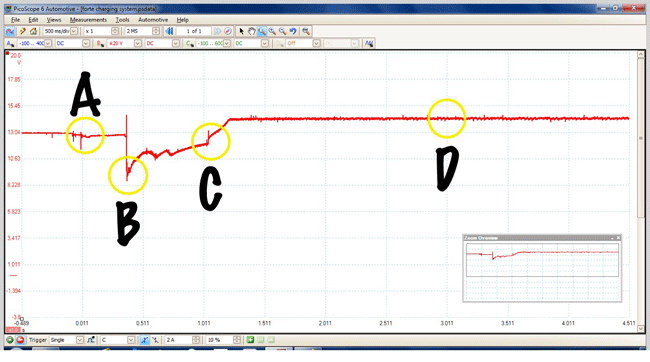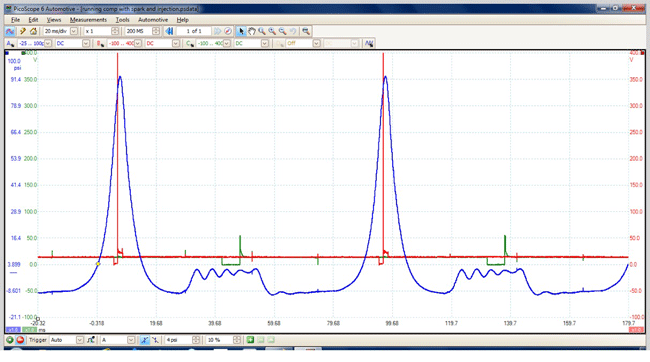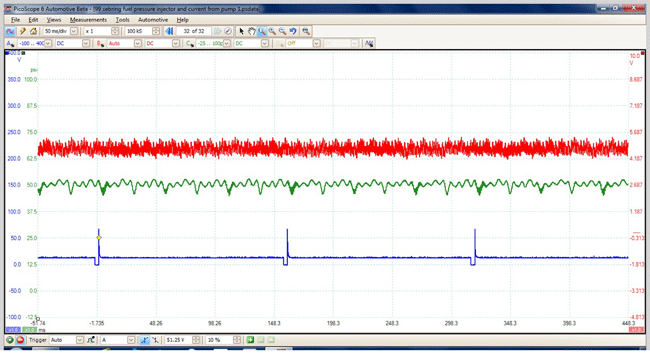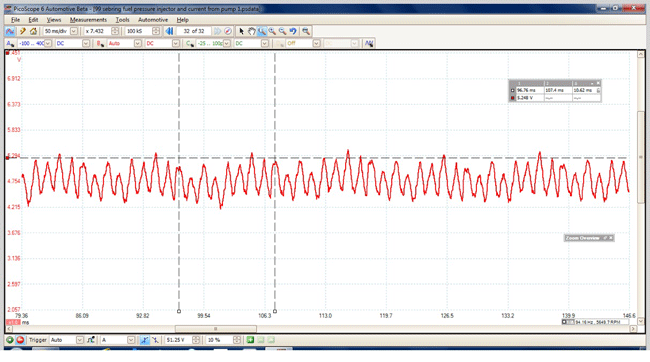Like the human heart, the heater core is the center of your cars circulatory system with large veins entering and exiting and small vessels inside. The life blood of your heating system is your vehicle’s coolant.
The heater core, which is located in the dashboard of your car, is really a miniaturized radiator. The heater core is used in heating the cabin of a vehicle. Hot coolant from the vehicle’s engine is passed through a winding tube of the core, a type of heat exchanger between coolant and cabin air. Fins attached to the core tubes serve to increase the surface for heat transfer to air that is forced past them, by a fan, thereby heating the passenger compartment.
What can go wrong with the heater core?
The heater core is made up of small piping that has numerous bends. Due to the size of the tube winding through the heater core any debris in your cooling system will end up clogging your heater core. Over time, dirt and other contaminants can build up in the coolant, or it may become acidic corroding the cooling system components themselves. Clogging of the piping may occur if the coolant system is not flushed or if the coolant is not changed regularly.
If clogging occurs the heater core will not work properly. Control valves may also clog or get stuck. Once clogged, the hot coolant can’t pass through the heater core, resulting in no heat for the cabin or defrost for the windshield
Another possible problem is a leak in one of the connections to the heater core. Electrolysis can cause excessive corrosion leading to the heater core rupturing. Coolant will spray directly into the passenger compartment followed by white colored smoke, a significant driving hazard.
Self-Diagnosis:
Engine coolant has a very distinctive sweet/oily smell. If you notice this smell inside your car, check for dampness around the passenger side floor/footwell. If you find wetness, you probably have a leaking heater core. A related symptom is a sticky film coming out of the defroster ducts and settling onto the windshield. This is one of those problems that starts out small and gets worse over time, so the sooner you can get it fixed, the better especially if it’s during winter time.
Like heart surgery heater core replacement should be left to the specialists
The heater core is usually located under the dashboard inside of the vehicle and is enclosed in the ventilation system’s ducting, servicing it often requires disassembling a large part of the dashboard. Removing your dash is not a job you want to leave to just anyone. Repair Pal estimates the labor cost to replace a heater core to be between $550 to $700 or about 5.5 to 7 hours of an experienced mechanics time. Find a shop the specializes in replacing heater cores.
What to do to prevent a “heart attack”?
If you are not experiencing any symptoms of a damaged heater core now is the time to act to help avoid a problem in the future. Car manufacturers recommend that you change the radiator fluid in your vehicle every 24,000 to 36,000 miles or every 24 to 36 months. However, your personal driving habits will also determine the frequency of needed radiator fluid changes. If you drive your vehicle in extremely hot temperatures like we had in Reno last summer, you may want to consider changing the fluid once a year or every 12,000 to 15,000 miles.
Also, you can unscrew the pressure cap and look at the liquid inside the reservoir or radiator, depending on the type of system you have. Coolant can be green, greenish yellow, orange, red, or blue, but is the liquid clear, or is stuff floating around in it? Does it look rusty? If the answer to either question is yes it’s time for a cooling system service.
If you are past the recommended mileage or your coolant looks funky you should consider the manufacturer’s recommended cooling system maintenance service at a trusted shop in your area. If you are having any concerns about your cooling system, experiencing any symptoms of a damaged heater core, or just lack of heating you should take it to your local trusted shop for a heating system diagnostic testing.
]]>
